What’s Up For September 2018?
What’s Up For September 2018?
Outstanding views Venus, Jupiter, Saturn and Mars with the naked eye!

You’ll have to look quickly after sunset to catch Venus. And through binoculars or a telescope, you’ll see Venus’s phase change dramatically during September - from nearly half phase to a larger thinner crescent!

Jupiter, Saturn and Mars continue their brilliant appearances this month. Look southwest after sunset.

Use the summer constellations help you trace the Milky Way.

Sagittarius: where stars and some brighter clumps appear as steam from the teapot.

Aquila: where the Eagle’s bright Star Altair, combined with Cygnus’s Deneb, and Lyra’s Vega mark the Summer Triangle.

Cassiopeia, the familiar “w”- shaped constellation completes the constellation trail through the Summer Milky Way. Binoculars will reveal double stars, clusters and nebulae.

Between September 12th and the 20th, watch the Moon pass from near Venus, above Jupiter, to the left of Saturn and finally above Mars!

Both Neptune and brighter Uranus can be spotted with some help from a telescope this month.

Look at about 1:00 a.m. local time or later in the southeastern sky. You can find Mercury just above Earth’s eastern horizon shortly before sunrise. Use the Moon as your guide on September 7 and 8th.

And although there are no major meteor showers in September, cometary dust appears in another late summer sight, the morning Zodiacal light. Try looking for it in the east on moonless mornings very close to sunrise. To learn more about the Zodiacal light, watch “What’s Up” from March 2018.

Watch the full What’s Up for September Video:
There are so many sights to see in the sky. To stay informed, subscribe to our What’s Up video series on Facebook.
Make sure to follow us on Tumblr for your regular dose of space: http://nasa.tumblr.com
More Posts from Monstrous-mind and Others

Siesta (by big andrei)
🔭🌌☄️🪐

2024 September 8
M31: The Andromeda Galaxy Image Credit: Subaru (NAOJ), Hubble (NASA/ESA), Mayall (NSF); Processing & Copyright: R. Gendler & R. Croman
Explanation: The most distant object easily visible to the unaided eye is M31, the great Andromeda Galaxy. Even at some two and a half million light-years distant, this immense spiral galaxy – spanning over 200,000 light years – is visible, although as a faint, nebulous cloud in the constellation Andromeda. A bright yellow nucleus, dark winding dust lanes, and expansive spiral arms dotted with blue star clusters and red nebulae, are recorded in this stunning telescopic image which combines data from orbiting Hubble with ground-based images from Subaru and Mayall. In only about 5 billion years, the Andromeda galaxy may be even easier to see – as it will likely span the entire night sky – just before it merges with, or passes right by, our Milky Way Galaxy.
∞ Source: apod.nasa.gov/apod/ap240908.html

Everyday IS Halloween🎃Even in a heatwave

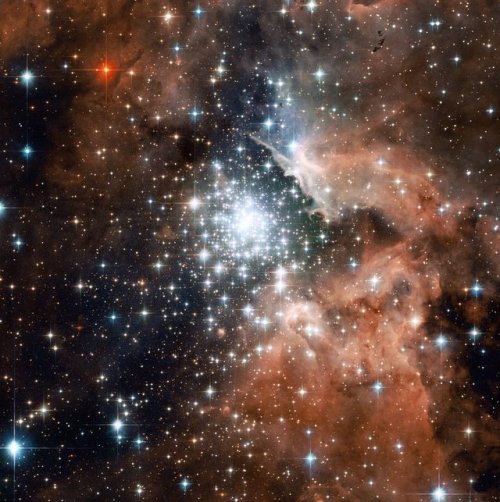
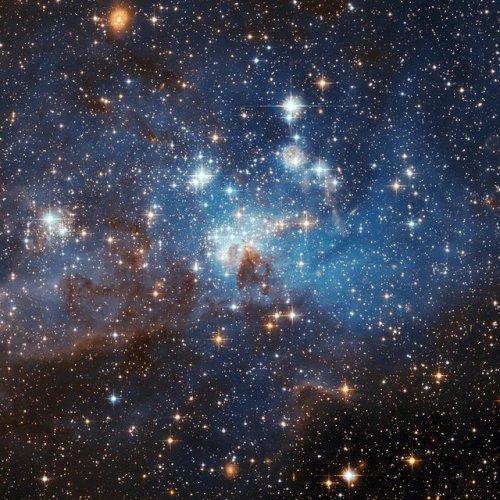
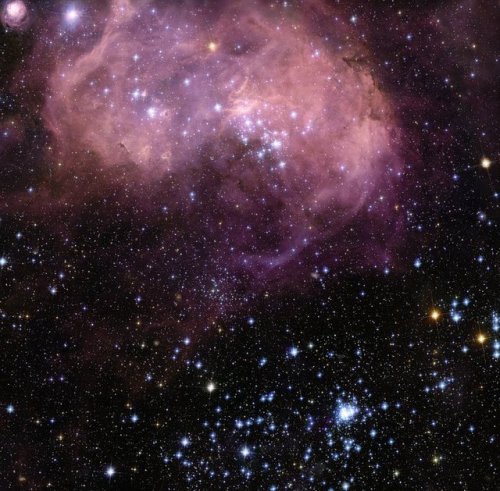
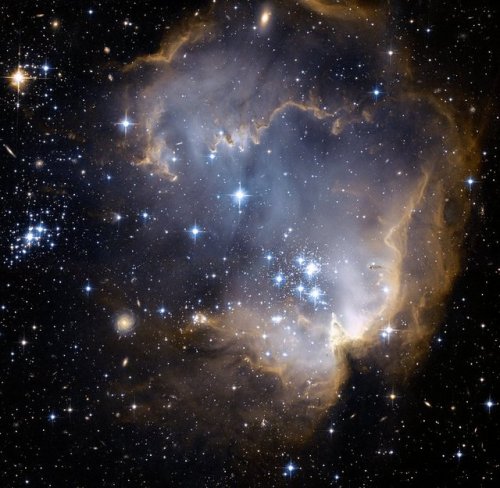
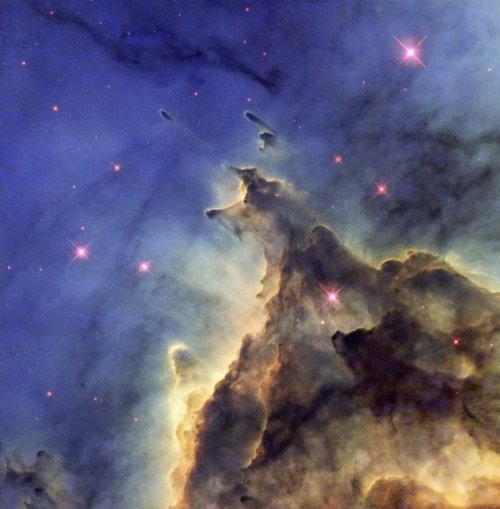
Star-forming regions amid gas and dust taken by the Hubble Space Telescope. (NGC 2467, NGC 3603, Star forming region in the Large Magellanic Cloud (LMC), N11, N90 and NGC 2174)
Image credit: NASA/ESA & Hubble

🌄🍁🍂🎃🍂🍁🍃







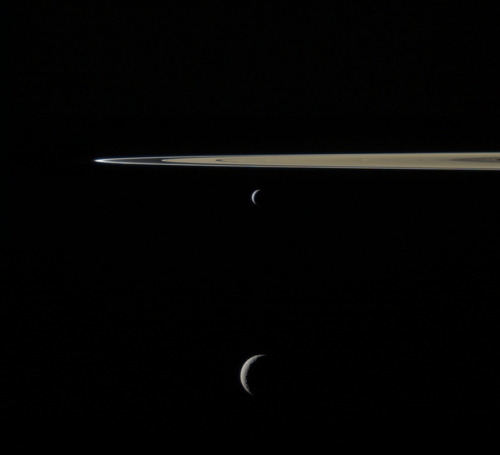
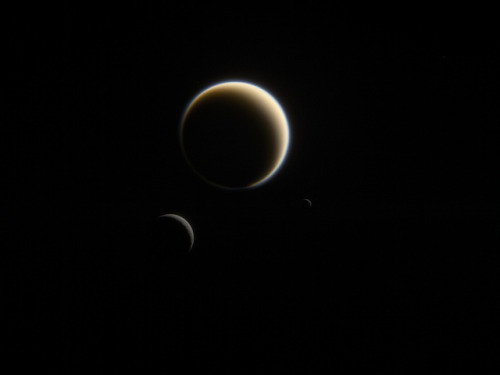
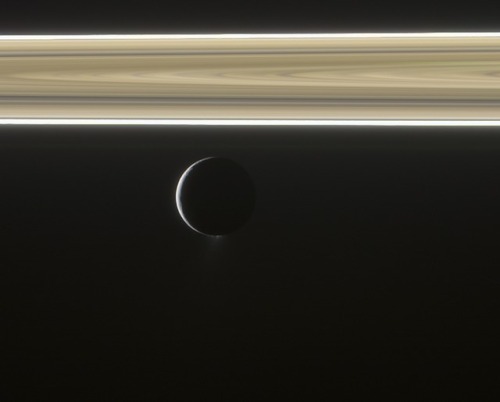
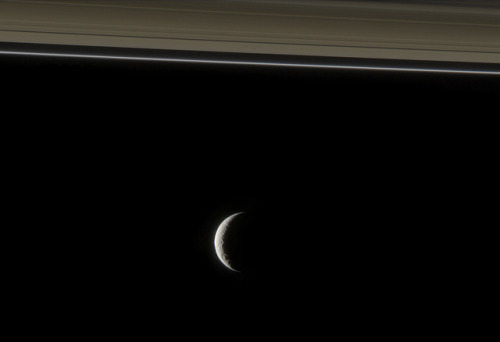
Saturn Rings and Moons: From left, the moons are Janus, Pandora, Enceladus, Mimas and Rhea. Following the images below, Enceladus and Tethys, Titan, Rhea and Mimas. Enceladus and Tethys.
by Gordan Ugarkovic

🍁🍂🎃🍂🍁

Calling all active fall blogs in spring 2020!
Please reblog! My dash needs more autumn on it 🍂

-
 blake-rph liked this · 1 year ago
blake-rph liked this · 1 year ago -
 theyeartochange liked this · 1 year ago
theyeartochange liked this · 1 year ago -
 victorlima1 liked this · 3 years ago
victorlima1 liked this · 3 years ago -
 caelancrow liked this · 3 years ago
caelancrow liked this · 3 years ago -
 cyithrel liked this · 3 years ago
cyithrel liked this · 3 years ago -
 rabbitsstew liked this · 4 years ago
rabbitsstew liked this · 4 years ago -
 cleopatra6902 liked this · 4 years ago
cleopatra6902 liked this · 4 years ago -
 introverted-astrophile liked this · 4 years ago
introverted-astrophile liked this · 4 years ago -
 jamesisaturd liked this · 4 years ago
jamesisaturd liked this · 4 years ago -
 este-lugar-te-gustaria liked this · 4 years ago
este-lugar-te-gustaria liked this · 4 years ago -
 mjesecevasestra reblogged this · 4 years ago
mjesecevasestra reblogged this · 4 years ago -
 selfish-giant liked this · 4 years ago
selfish-giant liked this · 4 years ago -
 illuminatiblog liked this · 4 years ago
illuminatiblog liked this · 4 years ago -
 wildiesong liked this · 4 years ago
wildiesong liked this · 4 years ago -
 bootyybarnes liked this · 4 years ago
bootyybarnes liked this · 4 years ago -
 welcomedetective liked this · 4 years ago
welcomedetective liked this · 4 years ago -
 cosmic-magic-knight liked this · 4 years ago
cosmic-magic-knight liked this · 4 years ago -
 inkstain2058 liked this · 5 years ago
inkstain2058 liked this · 5 years ago -
 thegayest-airconditioner liked this · 5 years ago
thegayest-airconditioner liked this · 5 years ago -
 kerstin-jacobs liked this · 5 years ago
kerstin-jacobs liked this · 5 years ago -
 skyovereuropeldkde liked this · 5 years ago
skyovereuropeldkde liked this · 5 years ago
My ambition is handicapped by laziness. -C. Bukowski Me gustan las personas desesperadas con mentes rotas y destinos rotos. Están llenos de sorpresas y explosiones. -C. Bukowski. I love cats. Born in the early 80's, raised in the 90's. I like Nature, Autumn, books, landscapes, cold days, cloudy Windy days, space, Science, Paleontology, Biology, Astronomy, History, Social Sciences, Drawing, spending the night watching at the stars, Rick & Morty. I'm a lazy ass.
222 posts